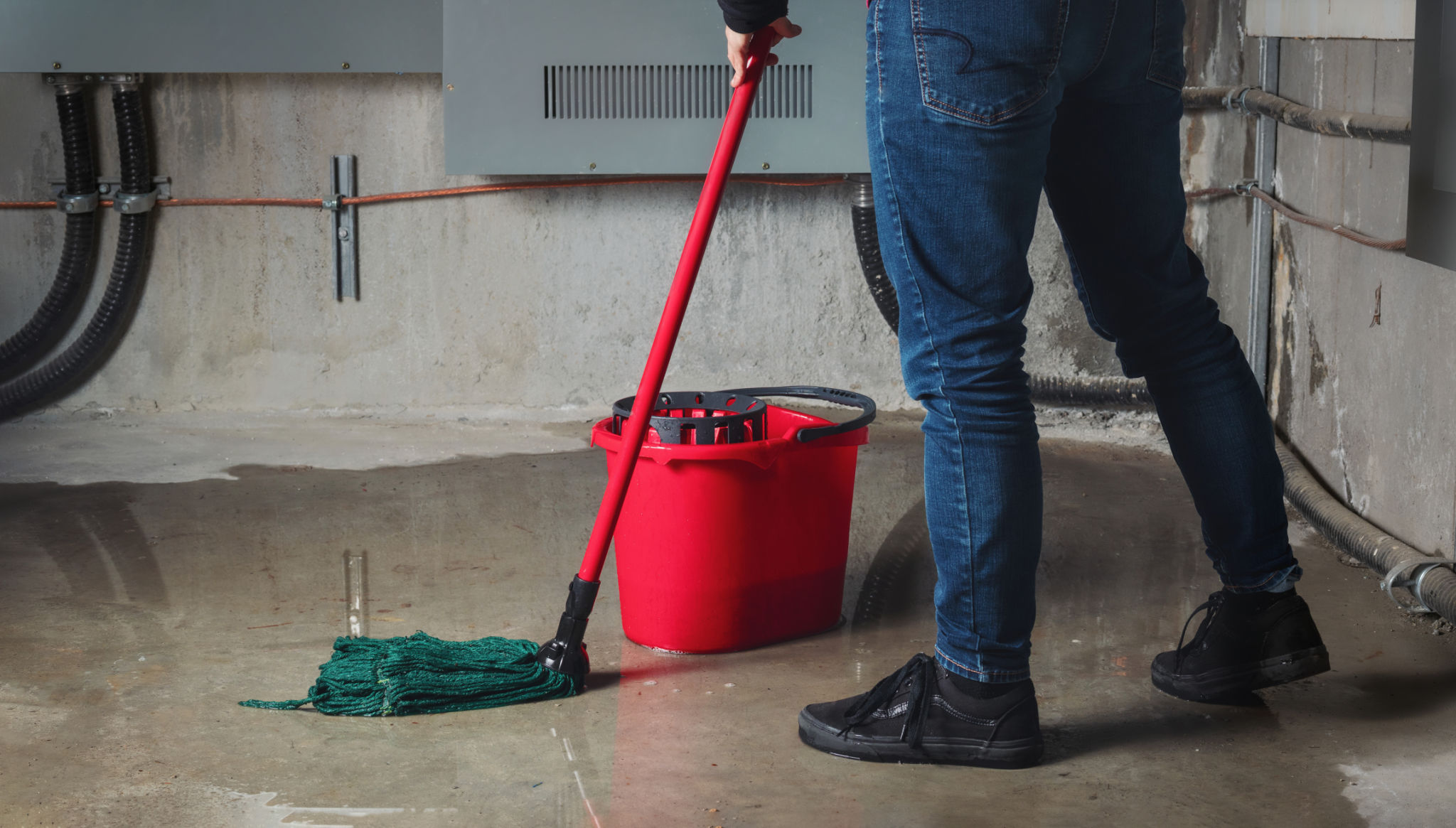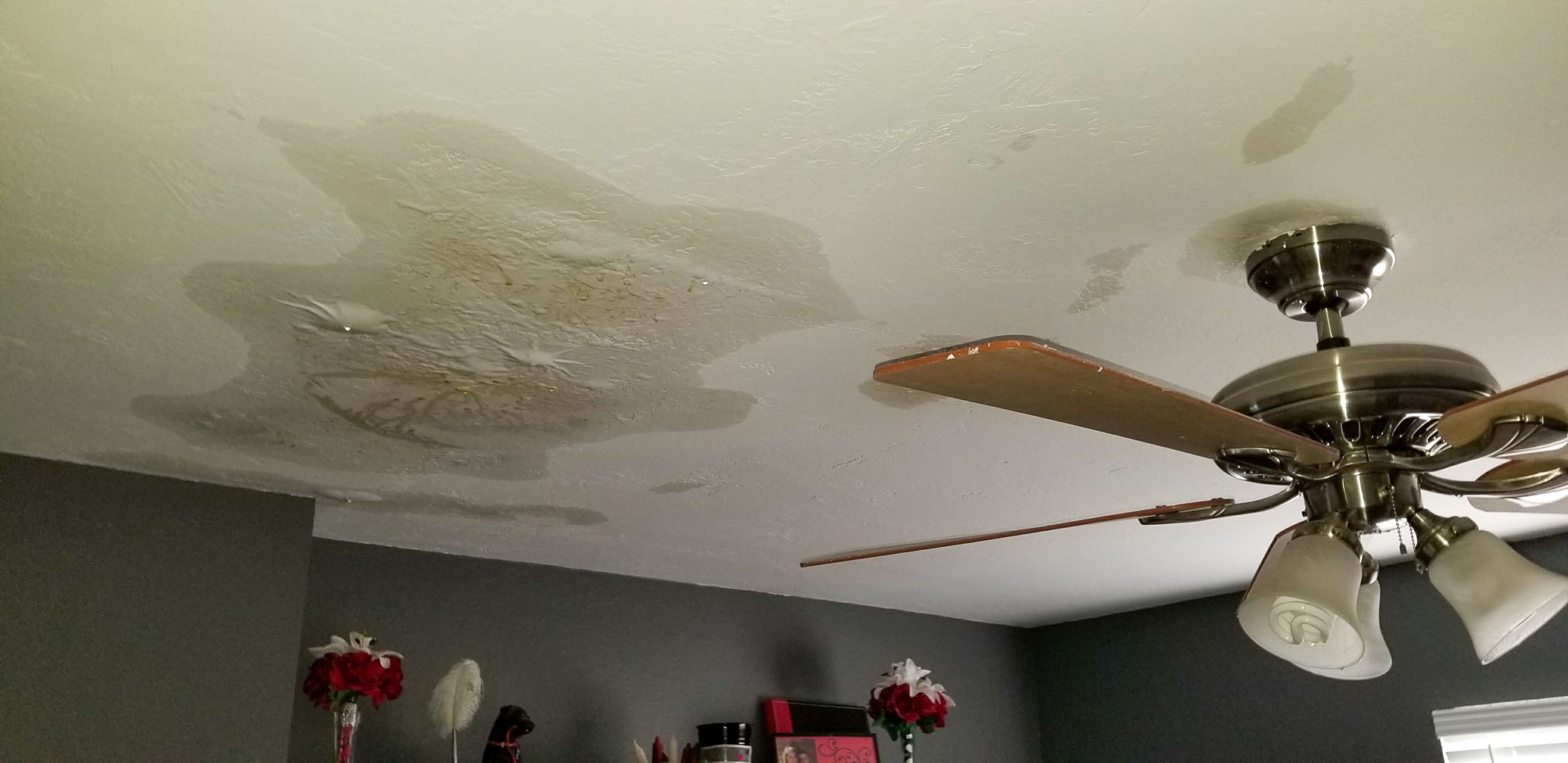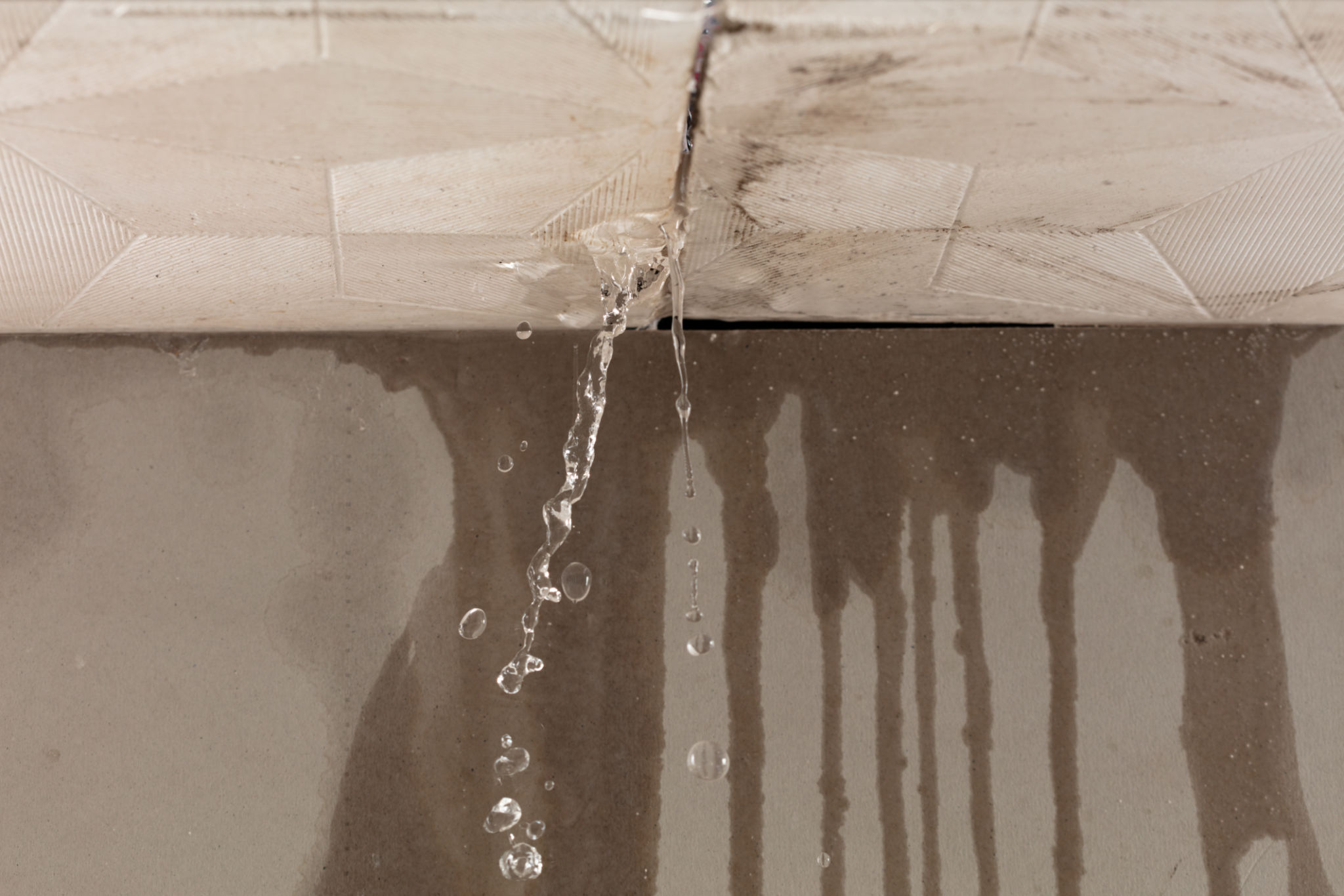5 Common Myths About Water Damage Repair Debunked
Understanding the Reality of Water Damage Repair
Water damage can be a homeowner's nightmare, bringing with it costly repairs and potential health risks. Despite its prevalence, many misconceptions about water damage repair persist, leading to confusion and sometimes prolonged issues. It's crucial to debunk these myths to ensure proper handling and recovery from water damage.

Myth 1: Water Damage Is Always Visible
One of the most common misconceptions is that water damage is always evident. In reality, water can seep into areas that are not immediately noticeable, such as walls, under floors, and in ceilings. This hidden moisture can lead to structural damage and mold growth if not addressed promptly. Early detection through professional inspection is essential to mitigate these risks.
Myth 2: DIY Solutions Are Sufficient
Many homeowners believe that simple do-it-yourself solutions are enough to handle water damage. While some minor issues can be managed personally, significant water damage requires professional intervention. Experts use specialized equipment to thoroughly dry and sanitize affected areas, preventing further complications like mold. Relying solely on household fans or dehumidifiers often isn't enough.

Myth 3: Insurance Always Covers Water Damage
Another misconception is that homeowners insurance automatically covers all types of water damage. Coverage can vary significantly depending on the cause of the damage. For instance, gradual leaks might not be covered, while sudden and accidental events usually are. It's wise for homeowners to review their policies and consider additional coverage for specific risks like flooding.
Myth 4: Water Damage Repair Is Not Urgent
Some people assume that water damage repair can be postponed without any serious consequences. However, delaying repairs can exacerbate the problem, leading to more extensive damage and higher repair costs. Prompt action is vital in minimizing damage and preventing additional issues like mold growth or structural deterioration.

Myth 5: Minor Water Damage Doesn’t Lead to Mold
It's a common belief that only severe water damage leads to mold growth. However, mold can develop even from minor water exposure if the moisture isn't completely removed. Mold spores thrive in damp environments and can spread rapidly, posing health risks such as allergies and respiratory problems. Effective water damage repair involves thorough drying and mold prevention measures.
In conclusion, understanding these myths about water damage repair is crucial for homeowners seeking to protect their property and health. By recognizing the importance of professional help and timely action, individuals can effectively manage water damage situations, ensuring a safe and sound living environment.